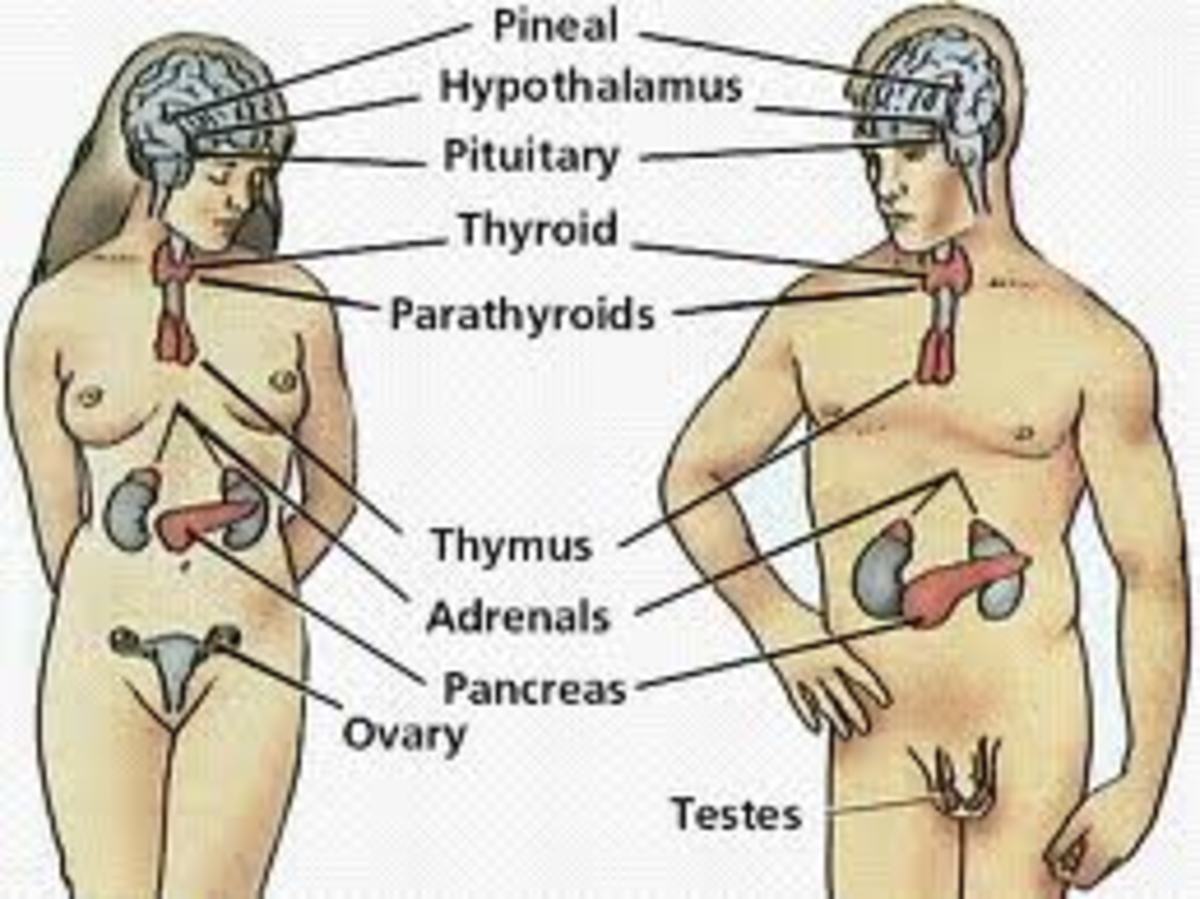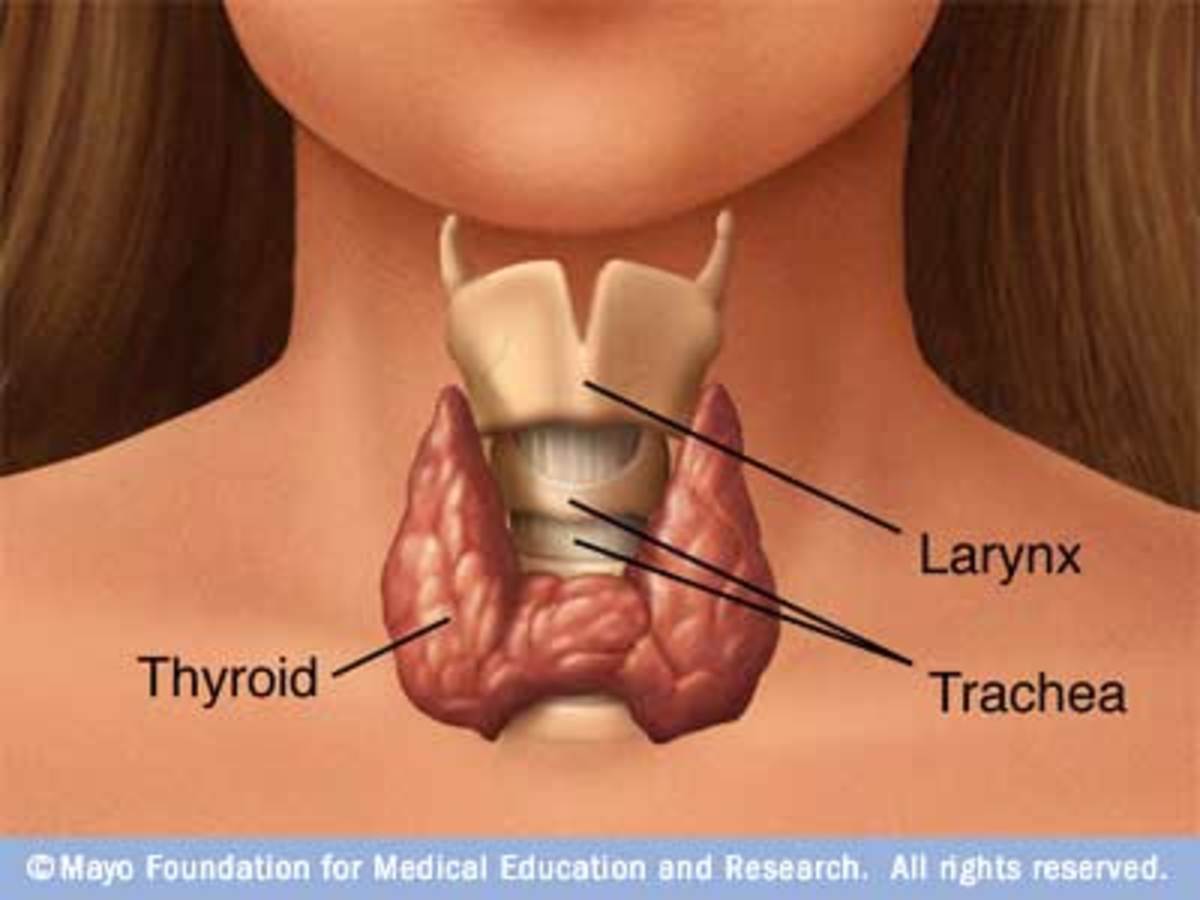Understanding Your Hormones

A hormone is a chemical that is secreted by a gland and carried by the blood to other organs, which is influenced by it. The human body has a vast amount of hormones, some in small amounts others in large.
Hormones play an important role by coordinating long-lasting changes in different areas of the body. For instance, fat cells release the hormone leptin, which communicates to the brain how much fat the body has. Therefore, when leptin levels are high, a person's appetite will decrease. When leptin levels are very low, the brain acts as if the body is starving. Furthermore, aside from being very hungry, the body becomes inactive to conserve energy and moves energy away from the reproductive system as another measure to conserve energy.
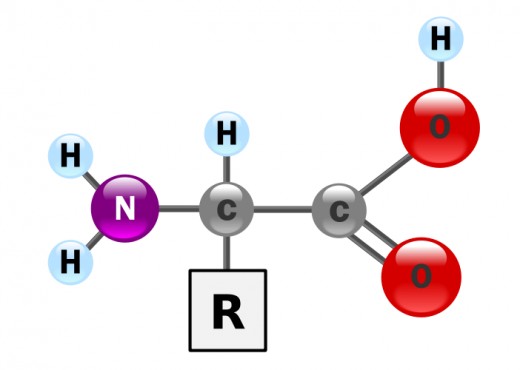
Mechanisms of Hormone Actions
Hormones exercise much of their effects via mechanisms similar to those of neuromodulators or metabotropic neurotransmitters. They bind to receptors on the cell membrane, where they activate an enzyme which delivers cyclic AMP or a second messenger. Many chemicals serve as both neurotransmitters and hormones. Some examples would be oxytocin, insulin, epinephrine, and norepinephrine.
The diifference between neuromodulator or neurotransmitter and a hormone is simple: A neurotransmitter is when it is released in small quantities nearby its target cells; a hormone is when it is released in larger quantities that flow through the blood to targets all through the body.
There are quite a few hormones that have been discovered, and more continue to be identified. Most of these hormones will fall into a few major classes: protein hormones and peptide hormones. These hormones are composed of chains of amino acids. The difference in these two hormones is protein hormones are longer chains and peptide hormones are shorter. Insulin is a good example of a protein hormone. Insulin manages the flow of glucose and other nutrients into cells.
A glycoprotein or glycopeptide is a chain of amino acids which binds to a carbohydrate bind to membrane receptors where they trigger a second messenger within the cell, which is the same method as at a metabotropic synapse.
Steroid Hormones
The steroid hormone comes with four carbon rings. Steroids come from cholesterol. Doctors warn people that high cholesterol is bad, but the body needs a moderate amount for generating steroid hormones. Steroids work in two ways. They bind to membrane receptors in the same way peptide and protein hormones do. They also enter cells and bind to receptors in the cytoplasm. They then move to the nucleus of the cell. This is where they decide which genes will be expressed.
Two important steroids are corticosterone and cortisol. Cortisol is predominant in humans. Corticosterone is predominant in rodents. These steroids are released by the adrenal cortex in response to a stressful situation or experience. These steroids increase the breakdown of proteins and fats into chemicals which the body can use for energy, including but not limited to glucose. Therefore, this increases the body's functions and abilities to deal with the stressful situation.
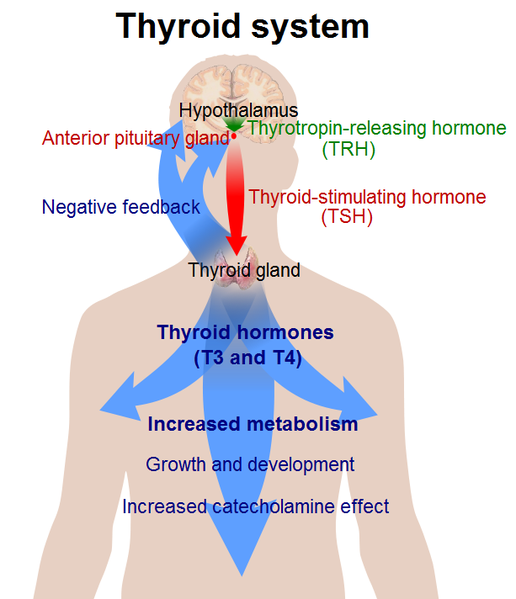
Sex Hormones
The sex hormones are progesterone, estrogens, and androgens. These are a special category of steroids which are released usually by the gonads (ovary or testis), however the adrenal glands do release a small amount.
Androgens are a group that has testosterone and several others - male hormones. Estrogen is a group that has estradiol and others as female hormones, because their level is higher in female than males. It's important to realize that both types do function in both sexes. The hormone progesterone prepares the uterus for the implantation of a fertilized egg and maintains the pregnancy. Sex hormones effects genitals, the brain, and other organs.
Sex-linked genes are genes that become active by androgens or estrogens because their effects are more dominant in one sex than the other. For instance, estrogen stimulates the genes that promotes breast development, more dominant in women than in men. Androgen stimulates the genes that produces the growth of facial hair, more dominant in men than women.
Testosterone (other androgen) and synthetic chemicals produced from them are known as anabolic steroids because they usually build up muscles. These steroids increase the synthesis of muscle proteins and increase the strength and size of muscles, even more so in those who exercise and do weight lifting. Cortisol is a catabolic steroid because it usually breaks down muscles. Males sometimes take anabolic steroids to promote muscle strength. Androstenedione, is one of these steroids. It is often taken in pill form, but it is controversial that it works because the digestive system breaks down the drug and very little of it has the opportunity to enter the blood stream.
Steroids should increase other masculine effects, but it doesn't. Actually it has the opposite effect on anterior pituitary. This gland produces hormones that control the glands. The ending result is decreased testis size, depression, breast growth, and high cholesterol levels. The use of these types of drugs is extremely dangerous. It is banned from anyone competing in the Olympics and other sports. A very good alternative is a high protein diet. It can accomplish some of the same effects without the dangerous risks.
Another type of hormone is the thyroid. It is released by the thyroid gland, all of which contain iodine and monoamines such as norepinephrine and dopamine.
Some hormones aren't in any category.
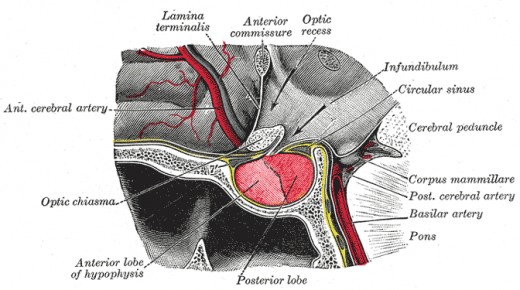
The Controlling of Hormones Released:
Hormones produced by the brain control the secretion of many other hormones. The pituitary gland is attached to the hypothalamus and is sometimes referred to the "master gland" due to the fact that it has effects on so many other glands. The true master that controls the pituitary gland is the hypothalamus gland. The pituitary gland has two distinct glands. These are the posterior pituitary and the anterior pituitary, which secrete different sets of hormones.
The posterior pituitary is composed of neural tissue that can be considered an extension of the hypothalamus. Neurons in the hypothalamus produce the hormones vasopressin and oxytocin, and much smaller amounts of peptides. Hypothalamus cells then carry these hormones down their axons to their terminals in the posterior pituitary, which then pushes the hormones into the blood.
The anterior pituitary is composed of glandular tissue which synthesizes six hormones. The hypothalamus controls how much and when they are released. The hypothalamus actually produces releasing hormones which goes through the blood to the anterior pituitary. Then they stimulate or stop the release of the six hormones, five of those six control the secretions of other endocrine organs.
Credits:
Di Pasquale, 1997
Pope & Katz, 1994
J. F. Morris & Pow 1993
Starr & Taggart, 1989



